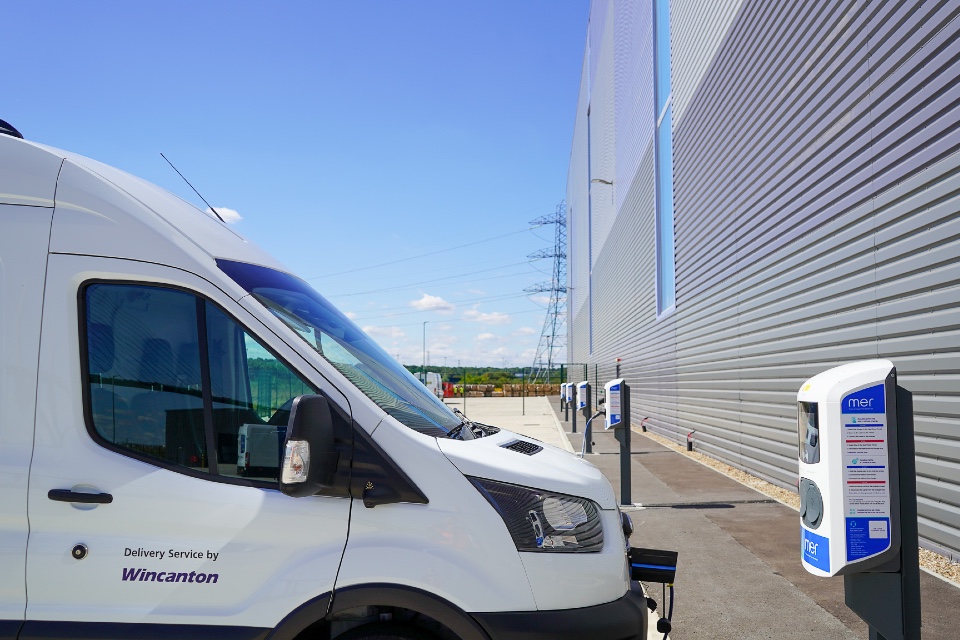Collision avoidance and emergency braking head the list of advanced driver assistance (ADAS) systems desired by fleet and mobility managers on company cars.
That’s according to new research from Arval, which reveals 49% ranked collision avoidance or warning systems in top place, followed by automatic emergency or braking systems (46%), pedestrian detection systems (38%), lane departure warning systems (30%), driver fatigue warning systems (30%), automatic parking systems (20%) and adaptive cruise control (15%).
The findings come from the 2019 edition of Arval Mobility Observatory, which covers 3,930 fleets and asks a wide ranging set of questions about fleet and mobility trends.
The research also looked at the measures taken by employers to minimise road risk. The most common is a risk assessment (61%) followed by a safety communication programme (35%), on-road training (33%) and classroom training (22%).
However, there is a wide variance between the smallest and largest businesses. For example, 84% of those with more than 1,000 employees carry out risk assessments compared to 32% with fewer than 10 employees. The difference is even more marked for on-road training, with 62% against 11%.
Shaun Sadlier, Head of Arval Mobility Observatory in the UK, said: “ADAS systems are becoming very common on company cars but they are something of an issue for fleets in that there is very little reliable information available about which work best in terms of actually helping drivers avoid accidents.
“What this research represents is therefore really a list of which devices fleet and mobility managers believe will be most useful in real world conditions – and what it indicates they want more than anything is to avoid collisions with other vehicles and pedestrians.
“Our view is that ADAS technology works best in promoting safety when used alongside telematics devices that allow driver behaviour to be highlighted, helping employees to make improvements both by themselves and through options such as training.”
Most useful systems to improve driver safety
Collision avoidance or warning systems 49%
Automatic emergency or braking system 46%
Pedestrian detection system 38%
Lane departure warning system 30%
Driver fatigue warning system 30%
Automatic parking systems 20%
Adaptive cruise control 15%
Measures taken to minimise road risk
All Fewer than 10-99 100-999 More than 1000
10 employees employees employees employees
Risk
assessment 61% 32% 62% 79% 84%
Communication
programme 35% 12% 35% 47% 57%
On-road
training 33% 11% 26% 43% 62%
Classroom
training 26% 8% 32% 37% 38%









